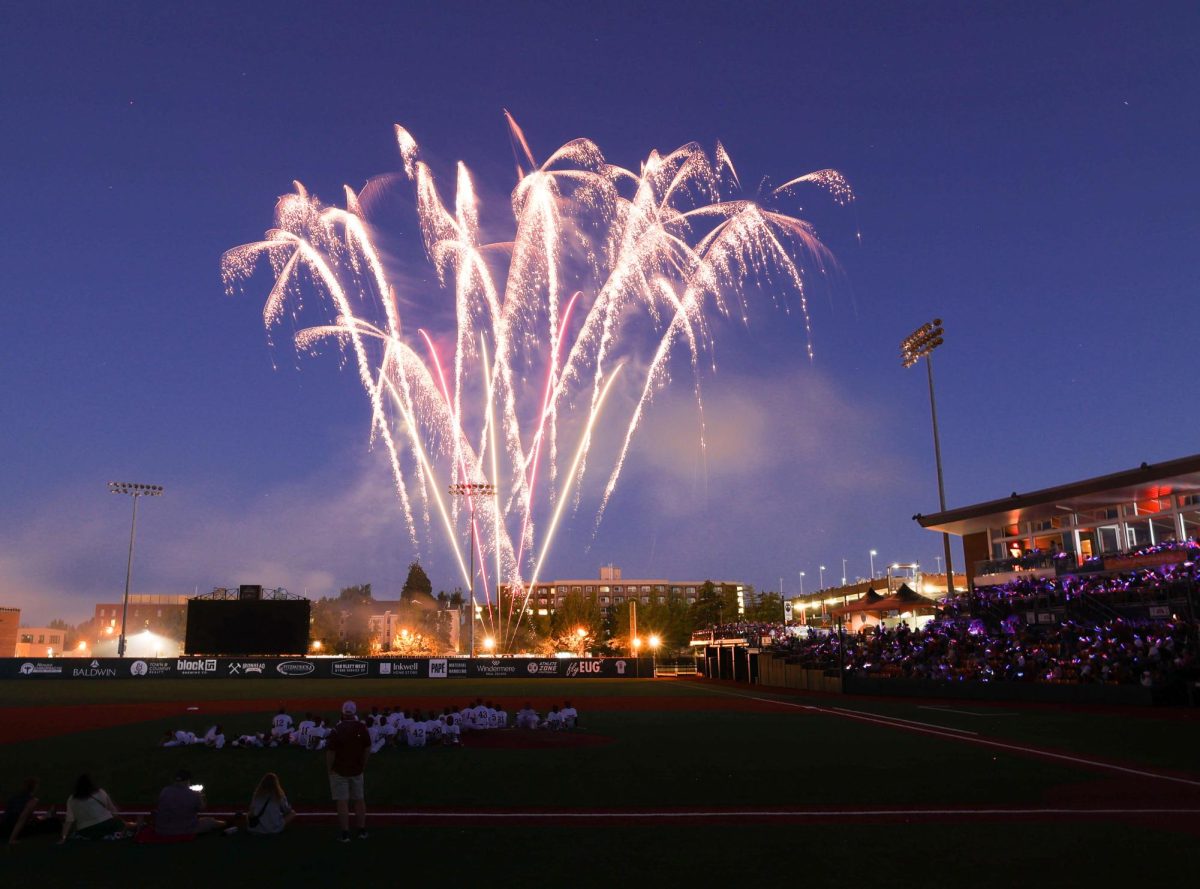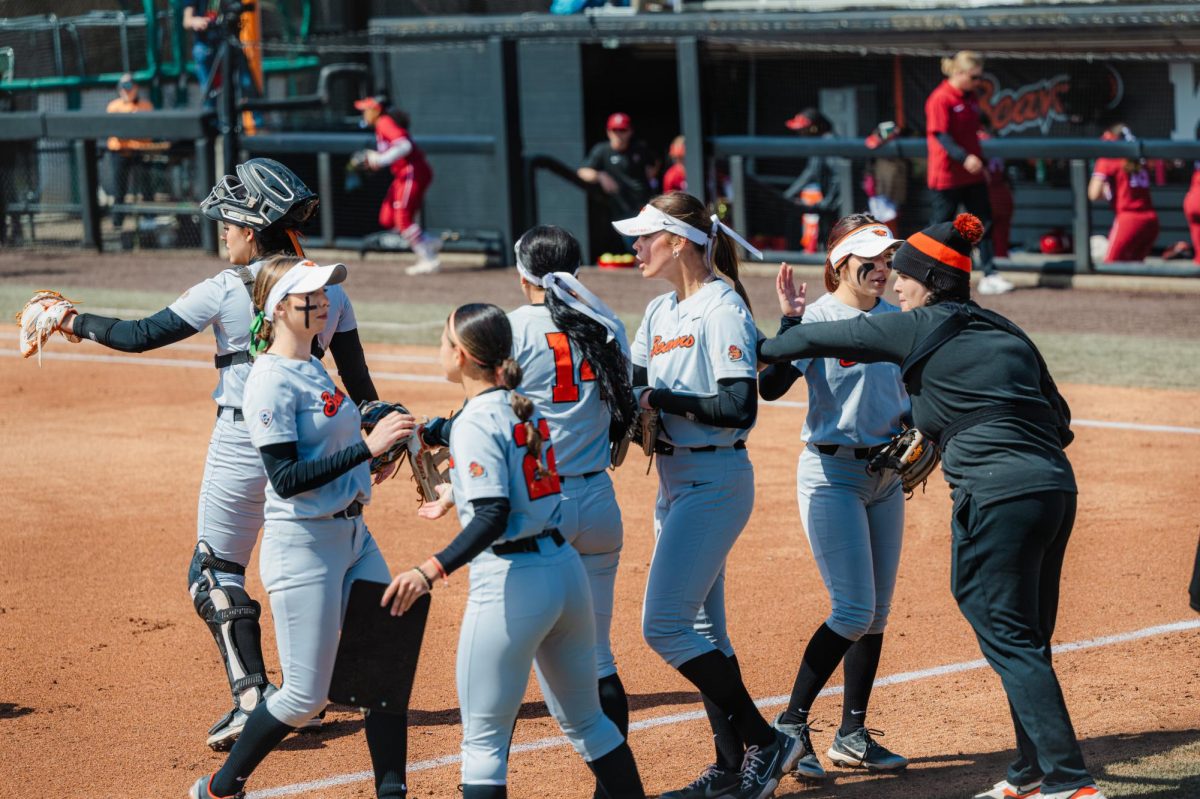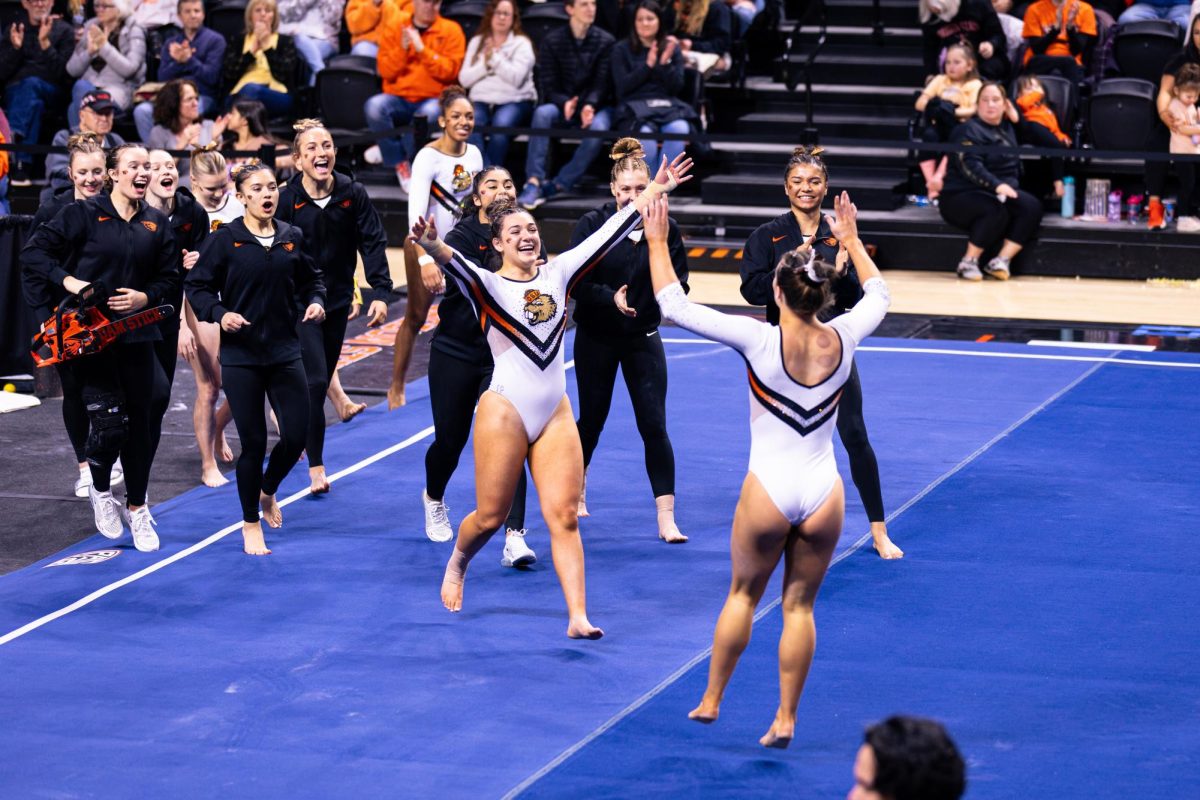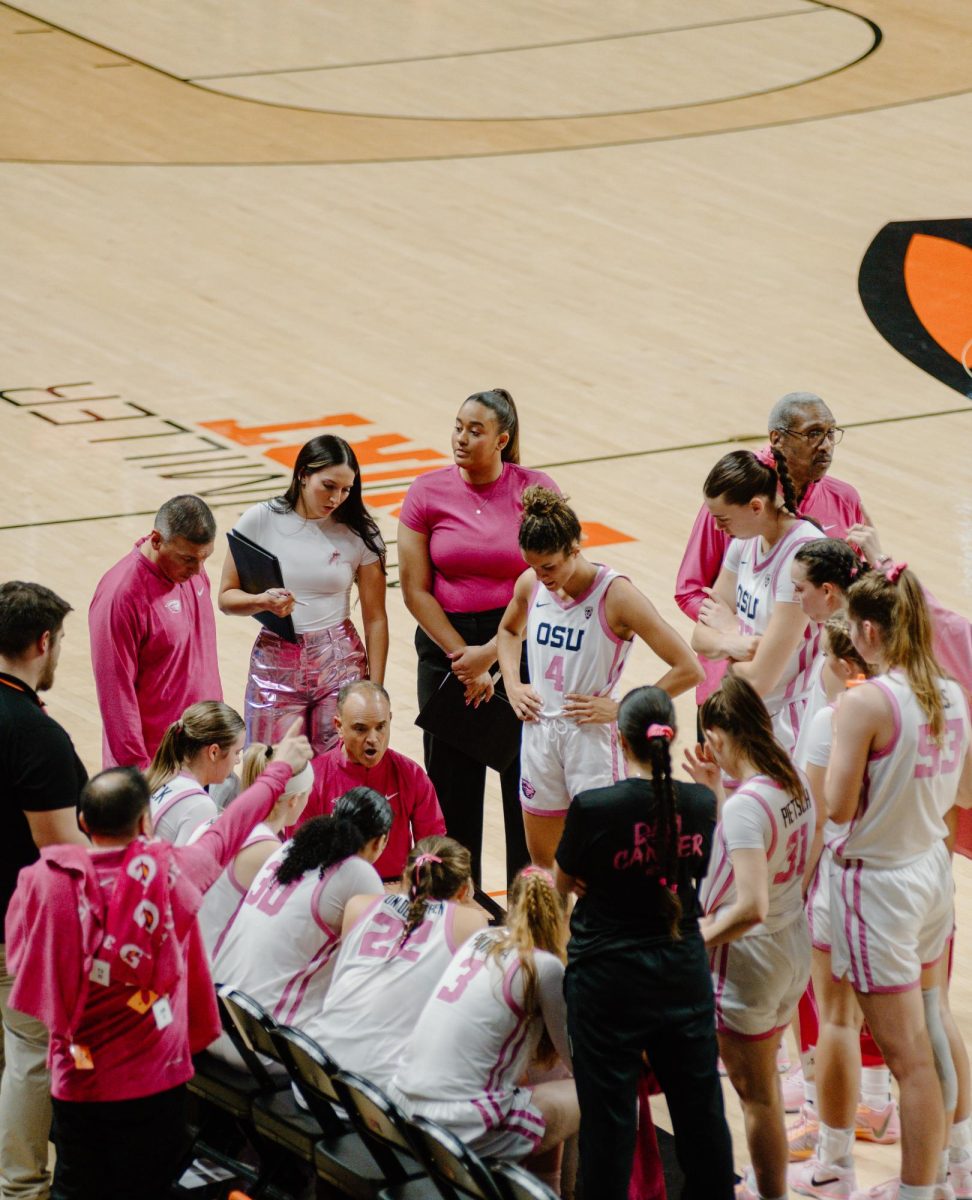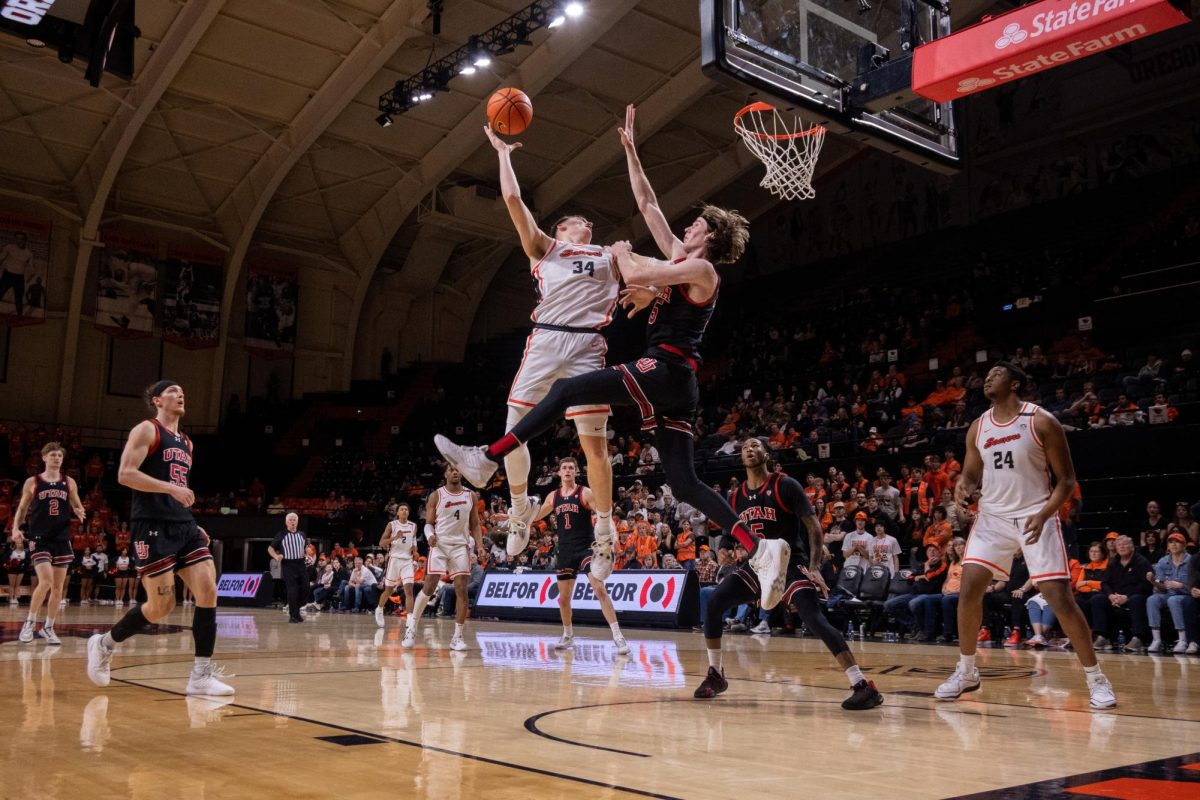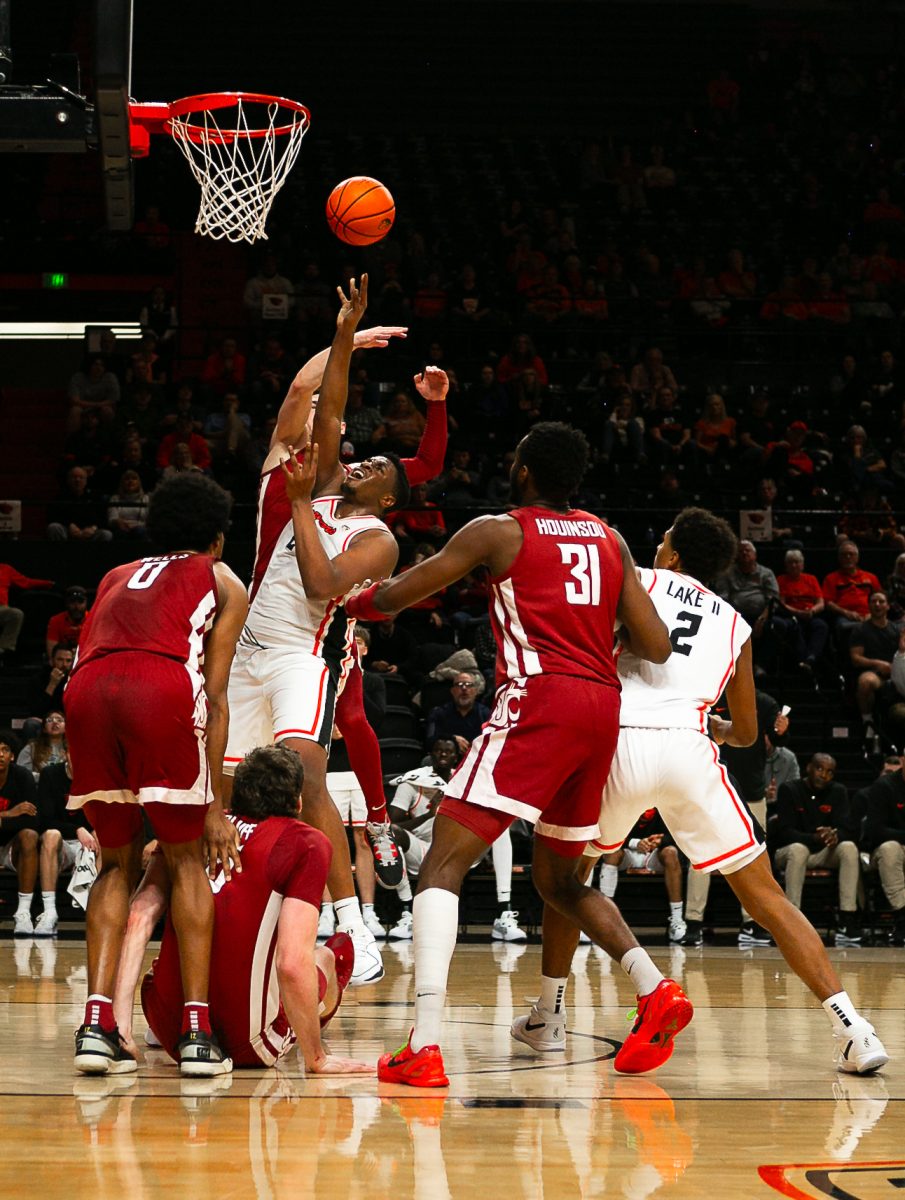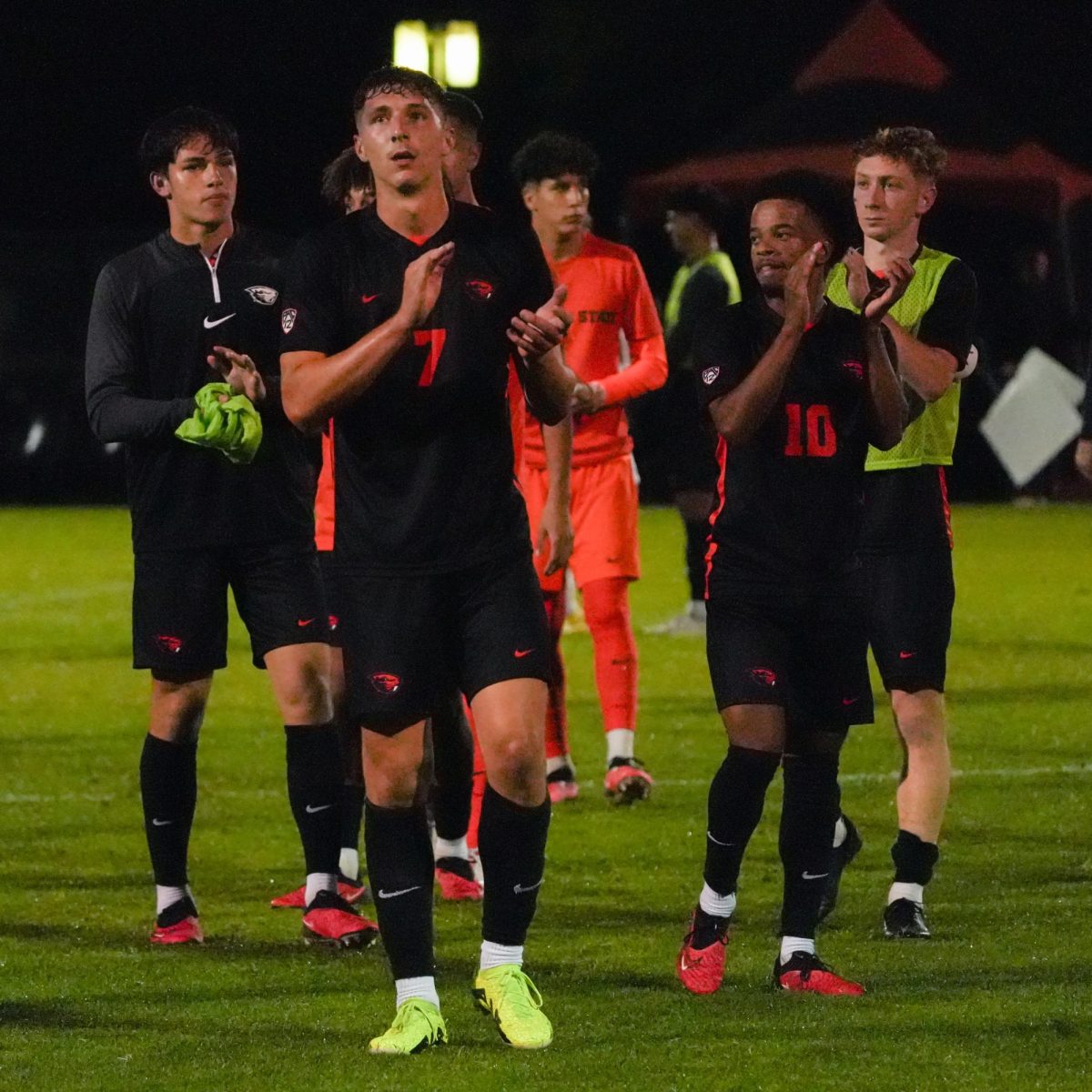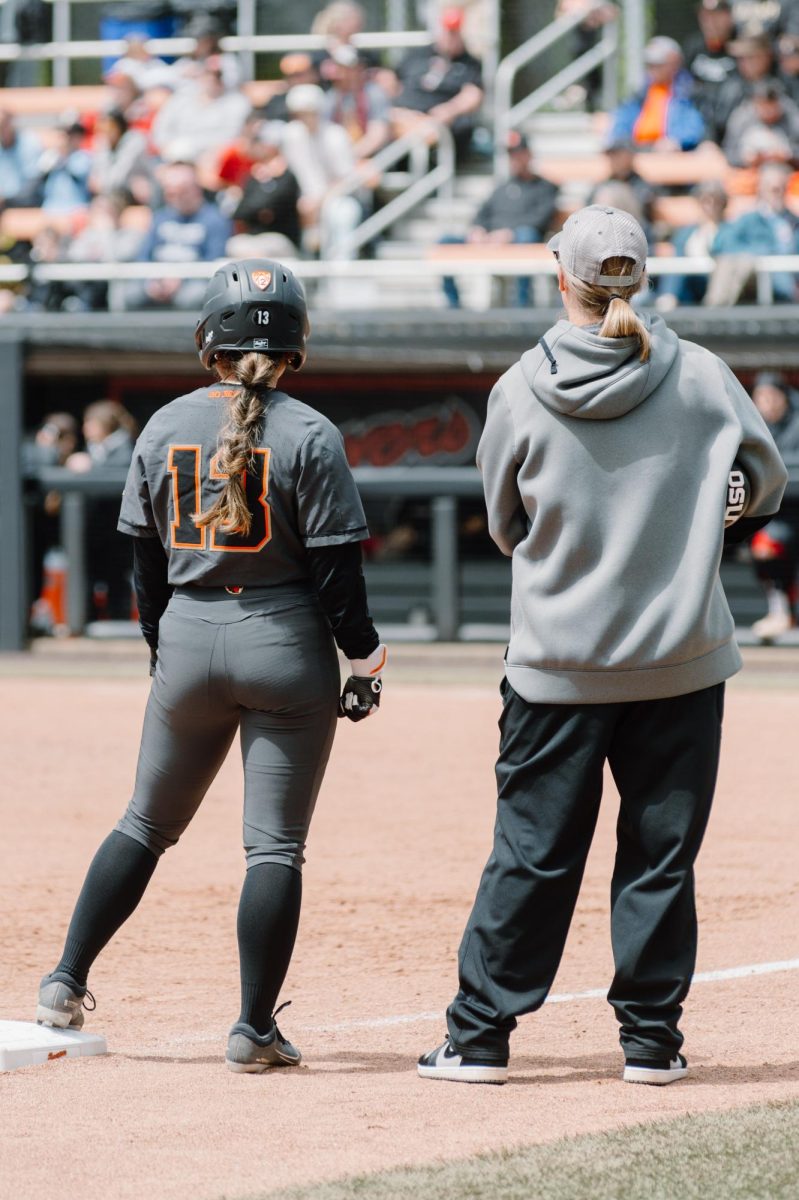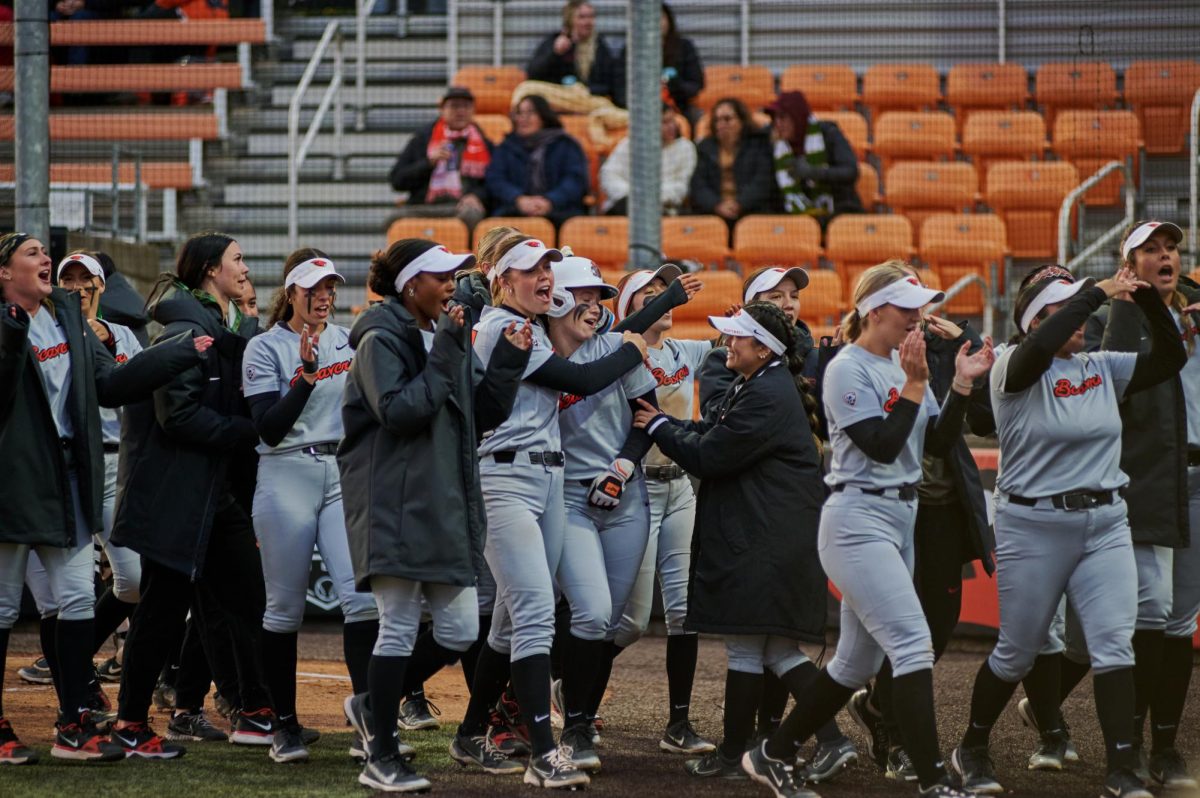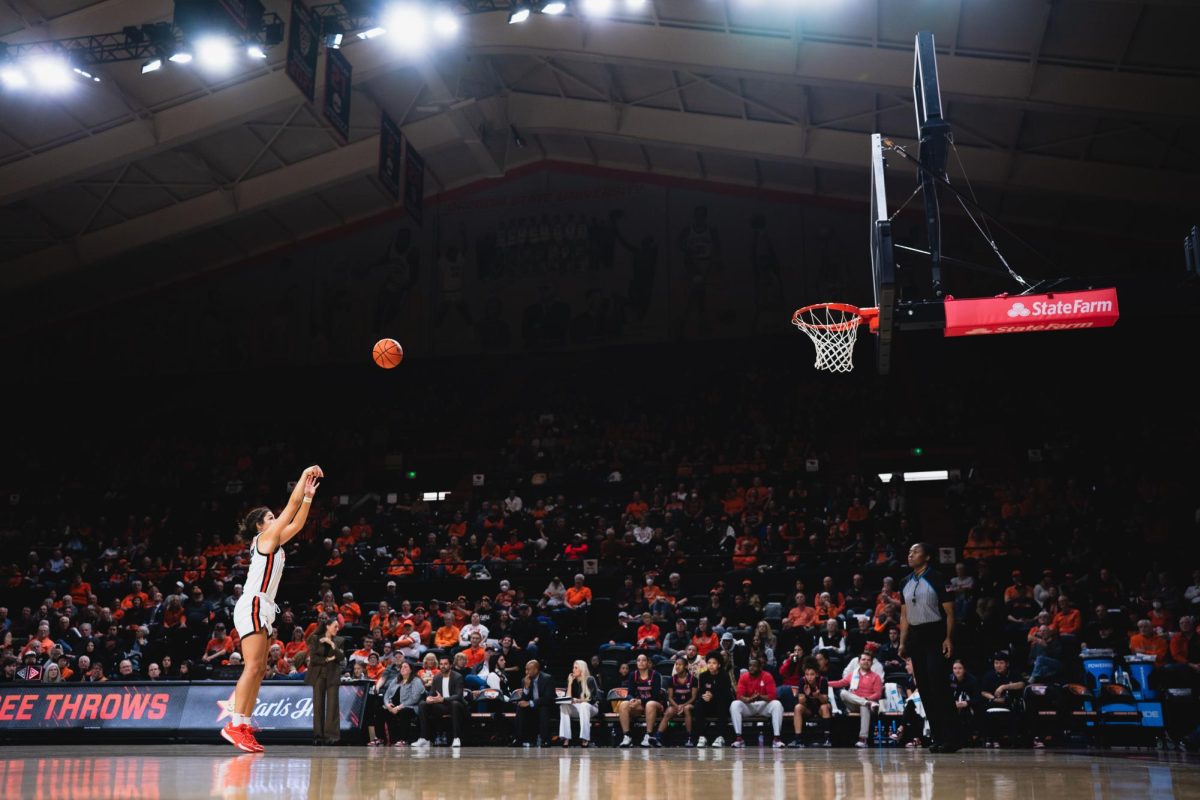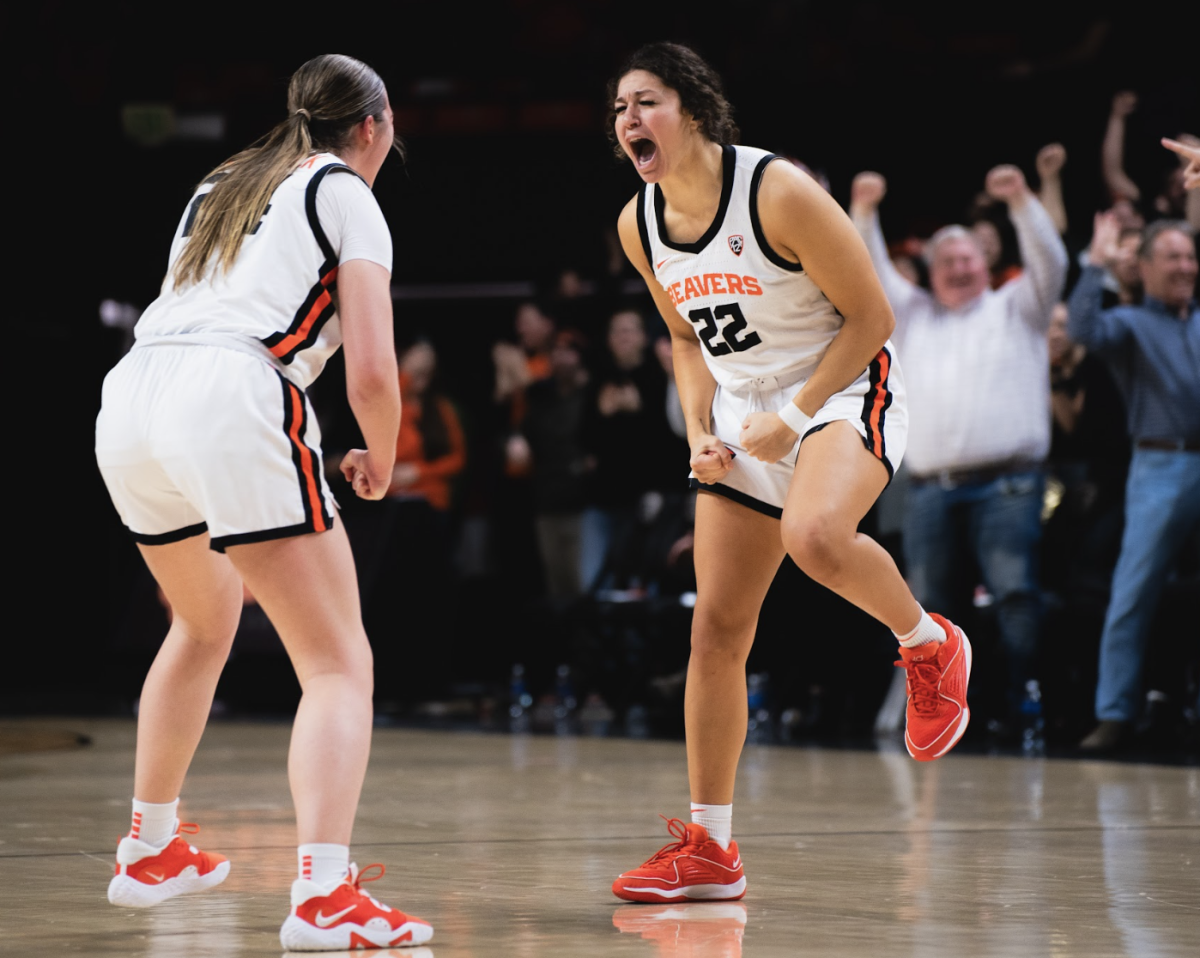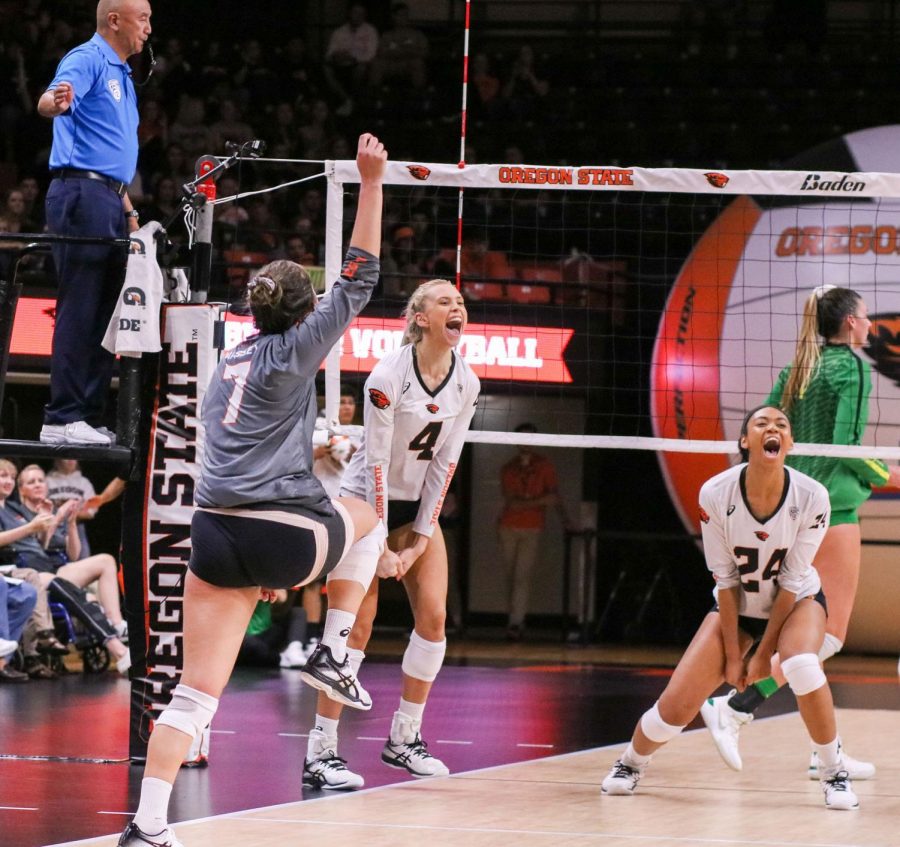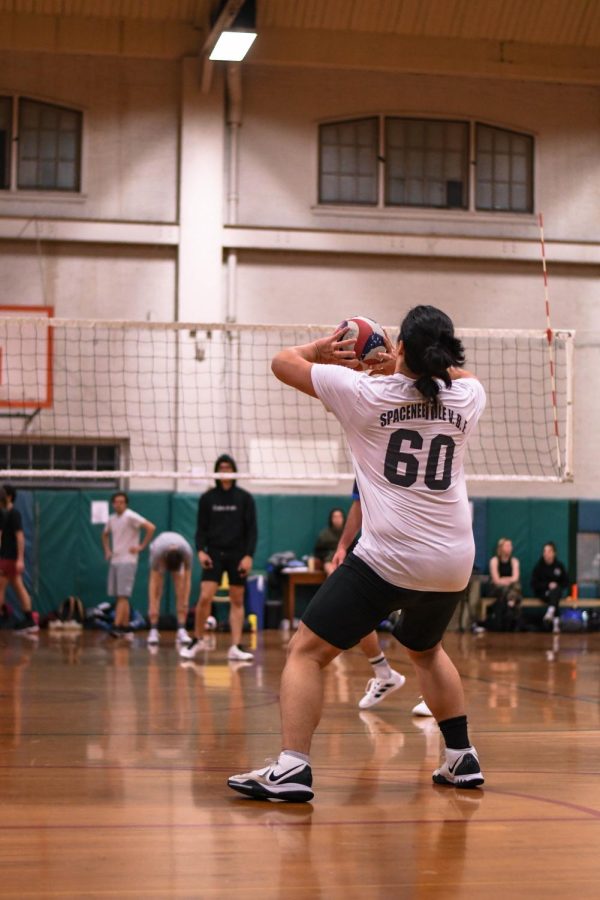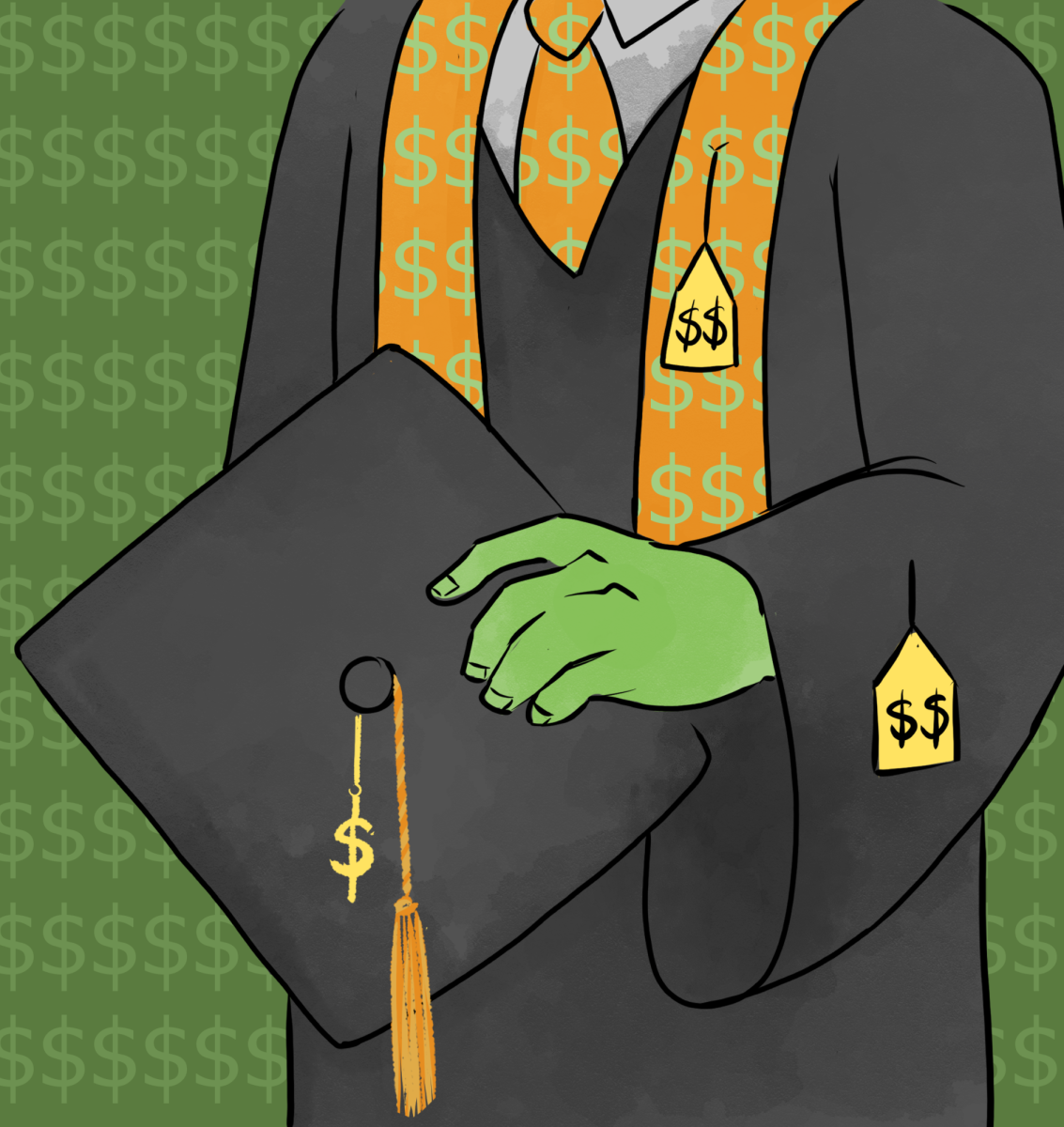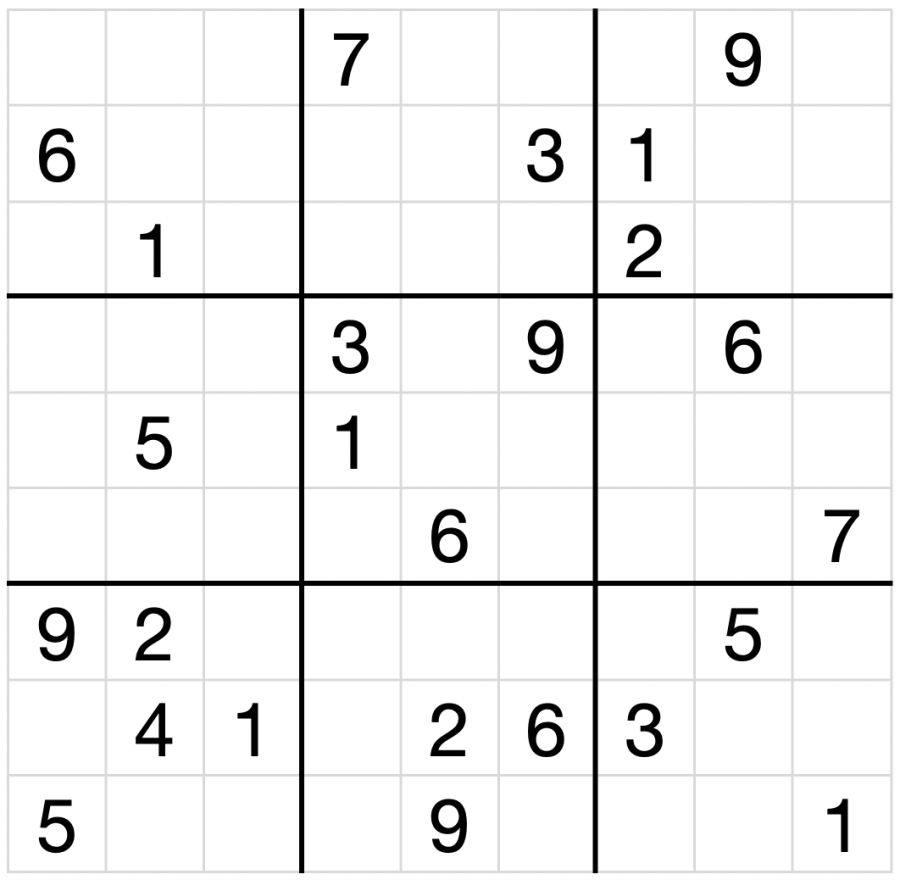Oregon State University’s Board of Trustees voted on April 5 in the Memorial Union to raise tuition and mandatory student fees.
Starting in 2025, every level of tuition will be affected. For returning undergraduate students at both the Corvallis and Cascades campus, the tuition rate will rise by 4.65% and 5.15% for new students. Differentials will also increase by 4.65% for every school except the OSU College of Science.
For graduate and professional programs, there will be an increase for pharmacy programs of 4.65%, 7.0% for VetMed and an overall increase of 3.0% for Cascades programs.
Ecampus rates will increase by 4.65% for undergraduates and 2.0% for graduates.
Summer rates will increase by 5.15%.
This puts the weighted average of tuition increase at 4.91%, just below the 5.0% threshold set by the Oregon Higher Education Coordinating Commission. Anything higher would require special permission from HECC.
Furthermore, health services will increase by 4.59% at the Corvallis campus and 4.79% at OSU-Cascades, counseling and psychological services will increase by 10.99% at Corvallis only, building and debt fee will increase 20.41% at Corvallis, 8.16% at Cascades and student incidental fees – as per student government recommendations – will increase by 4.27% at Corvallis in the fall, winter and spring and decrease by 35% at Cascades during summer.
In October 2023, the University Budget Committee, a board consisting of 19 members – seven of whom are students – convened to discuss raising student tuition rates and mandatory fees.
They discussed several options, including a current service level option well above the HECC threshold at 7.05% for returning undergraduates and 7.55% for incoming undergraduates.
They also discussed an option that was modestly above the threshold at 6.05% for returning students and 6.55% for incoming students before deciding to stay below the HECC threshold.
However, as Associate Vice President of Budget and Resource Planning Brent Gustafson said, what any individual student might pay may differ from the “sticker price.”
“Financial aid awards are made at the time of admissions,” Gustafson said. “Students are offered scholarships to meet their financial need or as an inducement to attend.”
But, as Gustafson pointed out, returning students’ aid does not necessarily change every year.
“The university provided support doesn’t change year to year as tuition increases,” Gustafson said. “There might be increases for things like Pell Grants or support from Oregon opportunity granted students might garner, but those are distinct from the university’s financial aid.”
While the vote passed, there were those that had their reservations about the increases.
Student Success graduate assistant and UBC member, Joe Page, described how the UBC was not unanimous on the numbers.
“I feel that there’s a perception among stakeholders that are outside of the UBC space that our recommendation comes bearing the seal of approval from our full membership,” Page said. “Or that it’s at least supported by a majority vote of our membership when in reality that is not necessarily the case, and simply an absence of a written minority report can lend itself to the assumption that our recommendation is unanimous and is absolute.”
Student member of the Board of Trustees Kass Bonanno expressed displeasure over the lack of student participation in the vote, since there is only one student on the board to vote on subjects such as tuition and said that there must be more creative ways of paying for things beyond tuition.
“A 4.9% increase in tuition is not insignificant. Especially when hunger is increasing on campus,” Bonanno said, referring to an earlier speaker from the Associated Students of Cascades Campus.

















